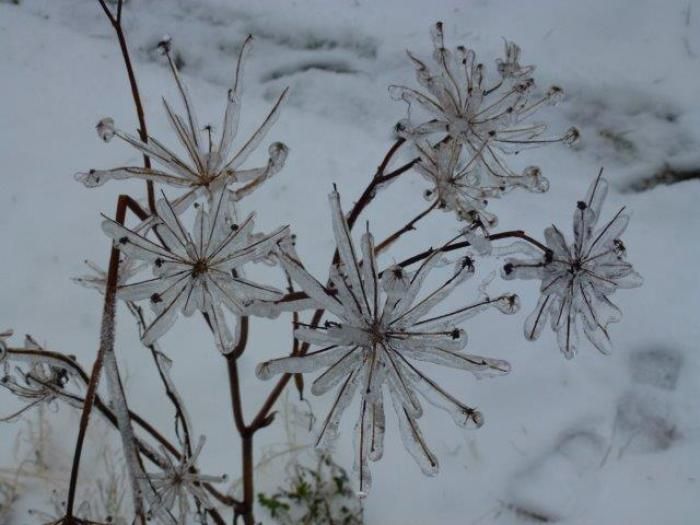
Today is the last day of February–gardeners take heart and prepare for spring! Although it might not seem like it with these frigid temperatures and snow and sleet still in the forecast–it will happen. March brings all sorts of spring and green celebrations from the full worm moon, daylight saving time, St. Patrick’s Day and the vernal equinox–hallelujah!
We have had a hellacious winter here in zone 7 Maryland–one of the coldest ones on record. I have burned a cord of wood in the past two weeks trying to keep the house warm–temps have been been mostly in the 20s maybe 30s in the day and teens to below 0 at night–so it is hard to keep warm. Right now we still have a good 10-inches of snow on the ground with a layer of frozen ice on top. Besides the wood chores–carrying it in and stoking the stove day and night and emptying the woodashes on the garden, I have been shoveling and sweeping, cleaning off cars, making tracks on the driveway, keeping sink cabinet doors open with water barely trickling on the 0-degree nights, making sure I have water on hand, along with candles and matches handy and flashlights with batteries that work, making and drinking lots of soup and tea, and feeding the birds.
Remember that birds lose their food sources with sleet and snow–they can’t get bugs and berries or water–and they need to eat a lot of protein-rich nutrients to maintain body heat (they are warm-blooded) and stay alive in these frigid temperatures. I’ve gone through quite a lot of birdseed–I’d estimate there’s at least 50 to 75 birds feeding continually throughout the day–and now there are 1 to 3 squirrels who have joined the feeding frenzy. The general bird populace includes bluejays and cardinals being the most colorful; mourning doves and jays are the largest other than the occasional crows; of course there are the sparrows, tufted titmice and black-capped chickadees; and the juncos with their snowy white breasts, who I only see in winter, are ground feeders; the rufous-sided towhees with their russet breasts are also ground feeders; the woodpeckers zoom into the feeder occasionally as do the nuthatches–I love how they hop down the tree trunks upside down; and there is also the little Carolina wren, who is a friendly curious creature and she somehow is sneaking into the greenhouse occasionally. I cannot for the life of me figure out how she is getting in, however she likes the warmth and there are all sorts of things that she pecks at under the plants and along the windowledges. It is much harder getting her out, and I might leave her in except for the cat–and the bashing about the house and windows–I have saved her more times than I care to tell. They say that cats have nine lives–well Wrennie has more than that. There are bluebirds in the closest bluebird house who have been residing there all winter, however I have never seen them on the feeder.
After all of the sunflower seeds I have been feeding them, I am thinking seriously of cultivating some large sunflowers this coming season. I always grow some, however I could grow a lot more. Most all the birds love the oily seeds. The smaller birds seem to like the wild food mix and the doves especially enjoy the cracked corn. I save up apple and pear cores and skins and cut them up, as well as the occasional citrus. We are surrounded by woods and the birds are up and at the feeding area at first light and only depart as dusk approaches to roost for the night. There are many sites regarding winter feeding, here are two of interest: https://www.wbu.com/education/winterbirdfeeding.html and https://www.drsfostersmith.com/pic/article.cfm?aid=2060.
Well I did get side tracked there about feeding the birds…
This Thursday, March 5 is the Full Worm Moon and I wonder if our earthworm garden allies are burgeoning underground and dreaming of spring or in hiberantion or a half frozen state…
The following weekend, just after the stroke of midnight on Saturday, Daylight Saving Time will begin on Sunday, March 8; let us rejoice in the light and longer days, however it means getting up in the dark for early risers.
I’d be remiss not to mention St. Patty’s Day on March 17 (my grandmother was a McCleary!) when many of us will be wearin’ the green (if you don’t you just might get pinched) and some fortunate folks will be planting their potatoes, a customary tradition in warmer climes.
The Vernal Equinox occurs on Friday the 20 at 6:45 pm–and we gardeners will do a jig and Welcome Spring!
Fine Gardening Recommended Products

Plant Covers Freeze Protection 10 ft x 30 ft Floating Row Cover 0.9oz/yd²
Fine Gardening receives a commission for items purchased through links on this site, including Amazon Associates and other affiliate advertising programs.

Ho-Mi Digger - Korean Triangle Blade
Fine Gardening receives a commission for items purchased through links on this site, including Amazon Associates and other affiliate advertising programs.

Gardener's Log Book from NYBG
Fine Gardening receives a commission for items purchased through links on this site, including Amazon Associates and other affiliate advertising programs.



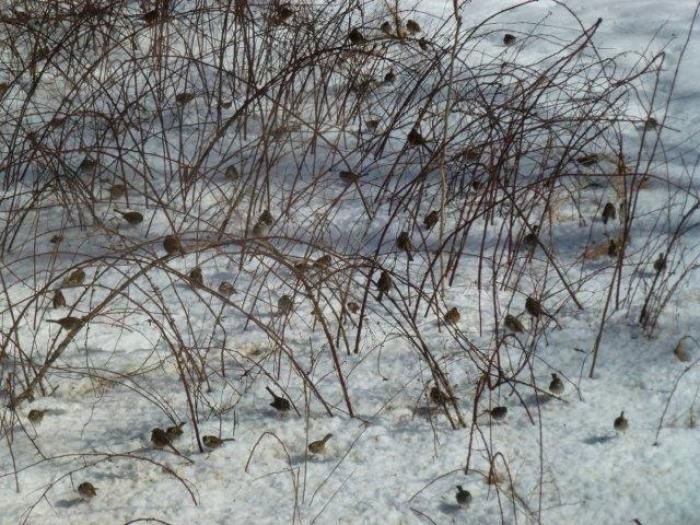
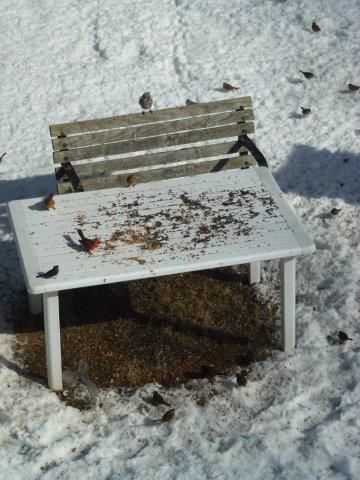
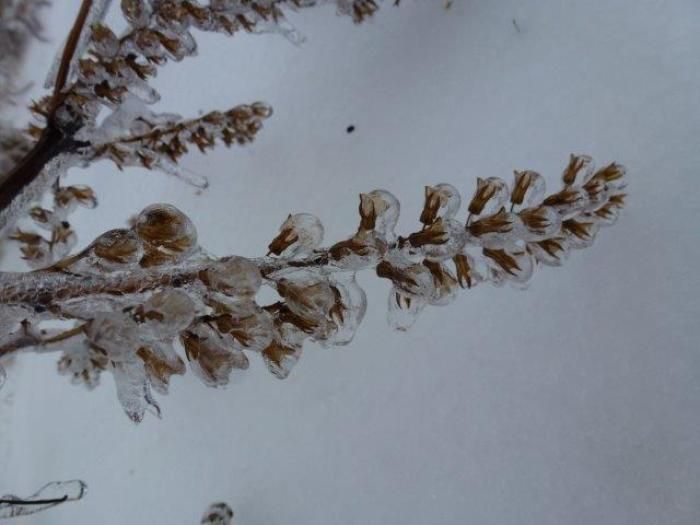
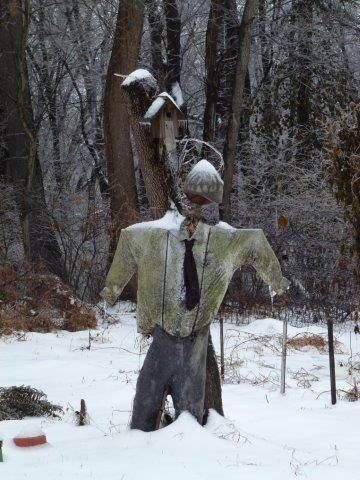
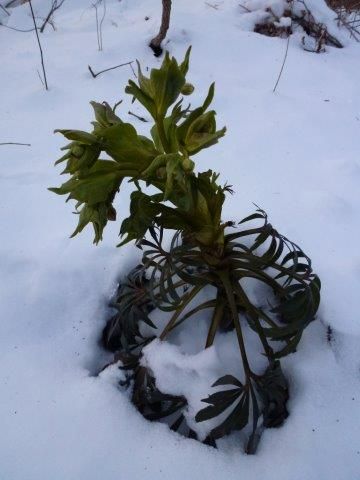
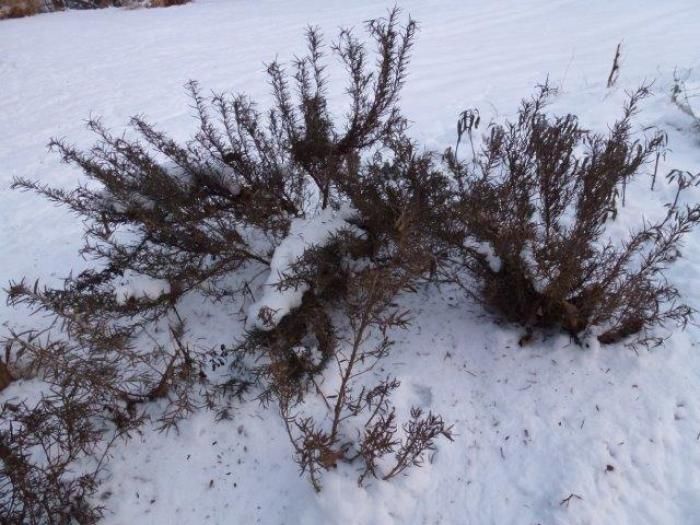

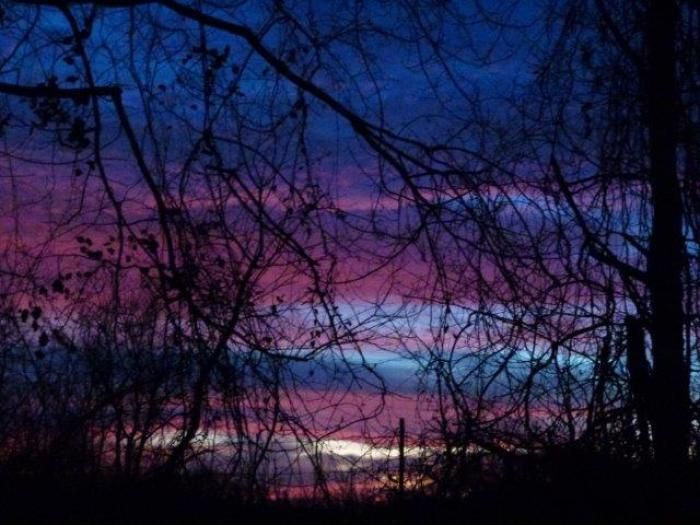

















Comments
Log in or create an account to post a comment.
Sign up Log in